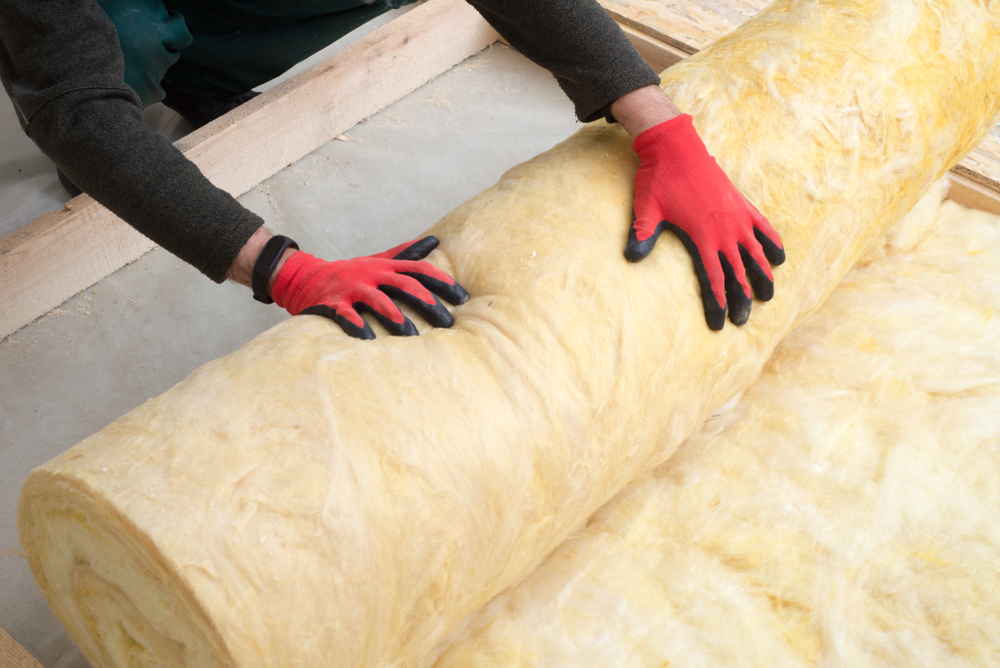The Science of Insulation Unveiled: 6 Facts You Need to Know

The world of insulation is one where comfort meets science. In the quiet corners of our homes, beneath walls, roofs, and floors, there is a scientific dynamic at play which we explore this month. Discover six things that you need to know about the scientific principles that turn our homes and living spaces into warm havens, or cool retreats. From R-values to heat transfer, you will gain a new appreciation for the insulation that shields you from the extremes of the Aussie weather, plus you will find out where to go when you need insulation suppliers in Melbourne. Come with us to peel back the layers on the science that transforms our homes and ensures our comfort year-round – the science behind insulation.
The Basics of Heat Transfer
When it comes to the science behind insulation, understanding the concept of heat transfer is important. Heat moves through three primary mechanisms: conduction, convection, and radiation. Conduction is the direct exchange of heat through materials, while convection involves the movement of heated fluids, and radiation is the transmission of heat through electromagnetic waves. Effective insulation is the hero when it comes to the movement of heat, as it acts as a barrier against these modes of heat transfer. Its strategically impedes or regulates heat transfer and creates a barrier between the interior of a home or building and the external environment.
Insulation Materials
The choice of insulation materials is pivotal to its efficacy as different materials exhibit different thermal conductivity. Fibreglass insulation, which is composed of fine glass fibres, traps air pockets to minimise heat transfer. Reflective insulation, composed of materials like aluminium, tackle radiant heat through their ability to reflect back solar radiation. Alternatively, foam insulation confront heat transfer through their dense structures. The science behind the different insulation materials is a combination of thermal resistance, density considerations, and the inherent properties of the materials involved.
Understanding R-Values
The R-value of insulation is a quantifiable measure of effectiveness. It is not just a number, it’s the key to deciphering insulation performance, and represents the material’s resistance to heat flow – higher R-values indicate superior insulating power. This important value is calculated by taking into account an insulation material’s thickness and thermal conductivity, and is essential when it comes into selecting insulation.
For example, in colder climates where preventing heat loss is paramount, materials with high R-values like fibreglass would be chosen. In warmer climates, where the focus is on minimising heat gain, reflective insulation with strategic placement is a more suitable choice. It is important for homeowners to understand R-values, as it informs them to make decisions about the right insulation for their home and their particular application.
The Role of Insulation in Climate Zones
Insulation science also extends to the climate of the region that requires the insulation. Australia is a country with a diverse climate, and because of this, insulation in different regions should be tailored to the climate of the local area. When climate is an important consideration, this not only maximises comfort in the home or building, but also maximises energy efficiency.
Moisture Management
The science of insulation is not merely about temperature control, it also extends to moisture management. Insulation materials that are strategically chosen, applied, and installed in the correct way actually play a pivotal role in the infiltration of moisture into homes. When moisture does penetrate, it can lead to a myriad of issues, from compromising the structural integrity of the home or building to mould growth that can negatively impact indoor air quality. Effective insulation can act as a barrier against moisture, and helping to ensure a dry and healthy environment. Insulation materials with moisture-resistant properties also prevent the absorption of water that could compromise its effectiveness.
Insulation Installation
When it comes to the science behind insulation, the importance of proper insulation cannot be overstated, as even the most advanced insulation cannot perform effectively if not expertly installed. Precision matters in the installation of insulation, because small gaps can compromise the integrity of the insulation barrier. When insulation is properly installed, it should be a continuous, unbroken shield against thermal energy. That’s why it’s so important to rely on the expertise of professional insulation installers when it comes to insulation for your home, so that you know the job has been completed with precision and accuracy.
Do You Need Insulation Suppliers in Melbourne?
If you need insulation for your home, then look no further than Insulation Essentials. We are backed by 30 years of industry experience, and we pride ourselves on bringing you the best in insulation product knowledge, pricing, and installation. We’re ready to assist you with all of your insulation needs with professional expertise and the very best in customer service.
When you need Melbourne insulation suppliers, get in touch with us at 03 8339 7111, or you can fill out our online contact form and we will get back to you.
